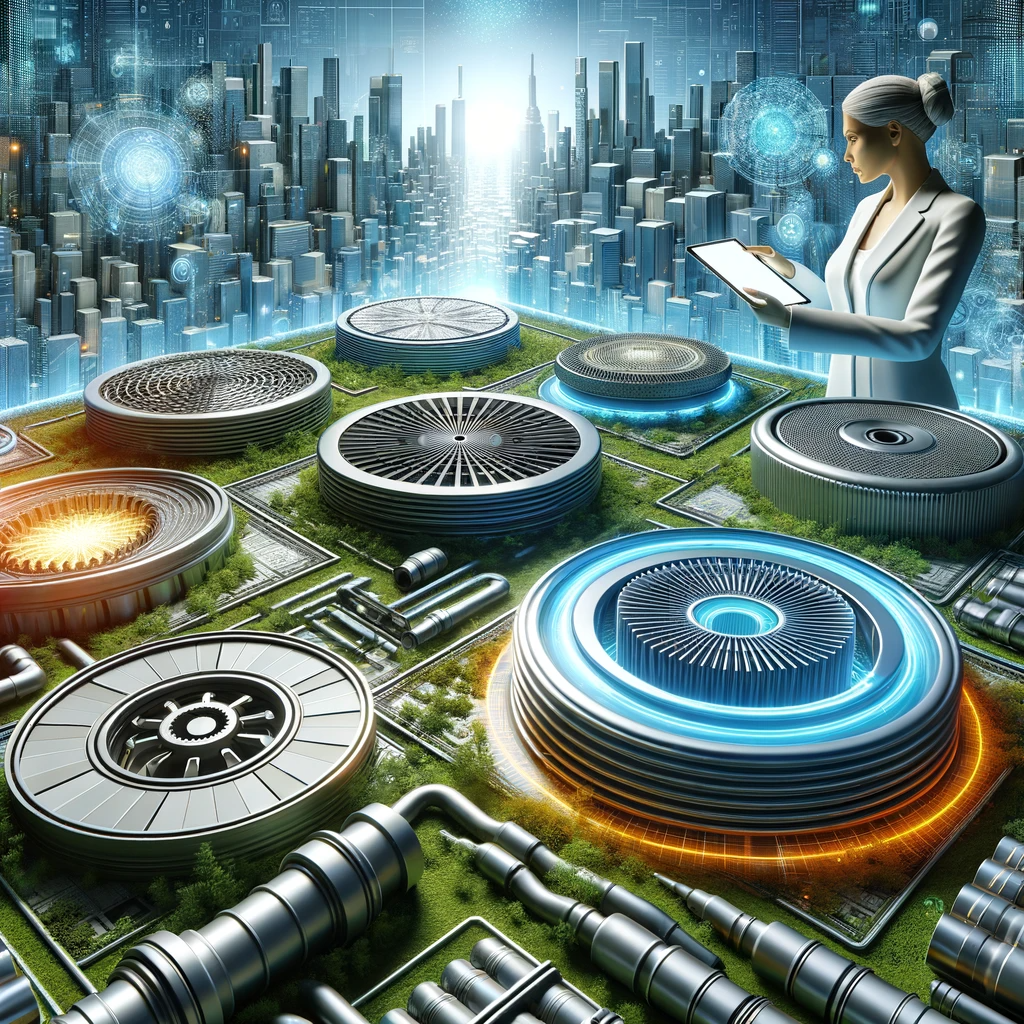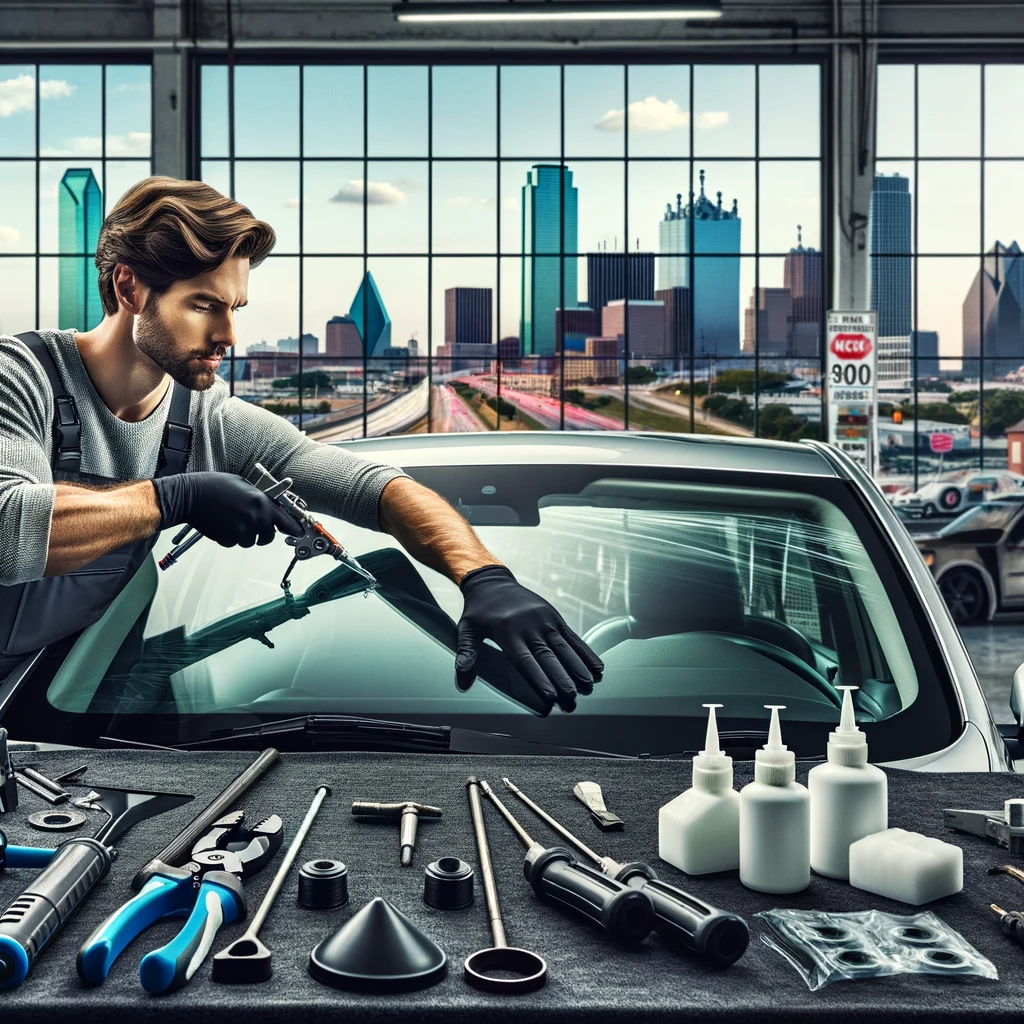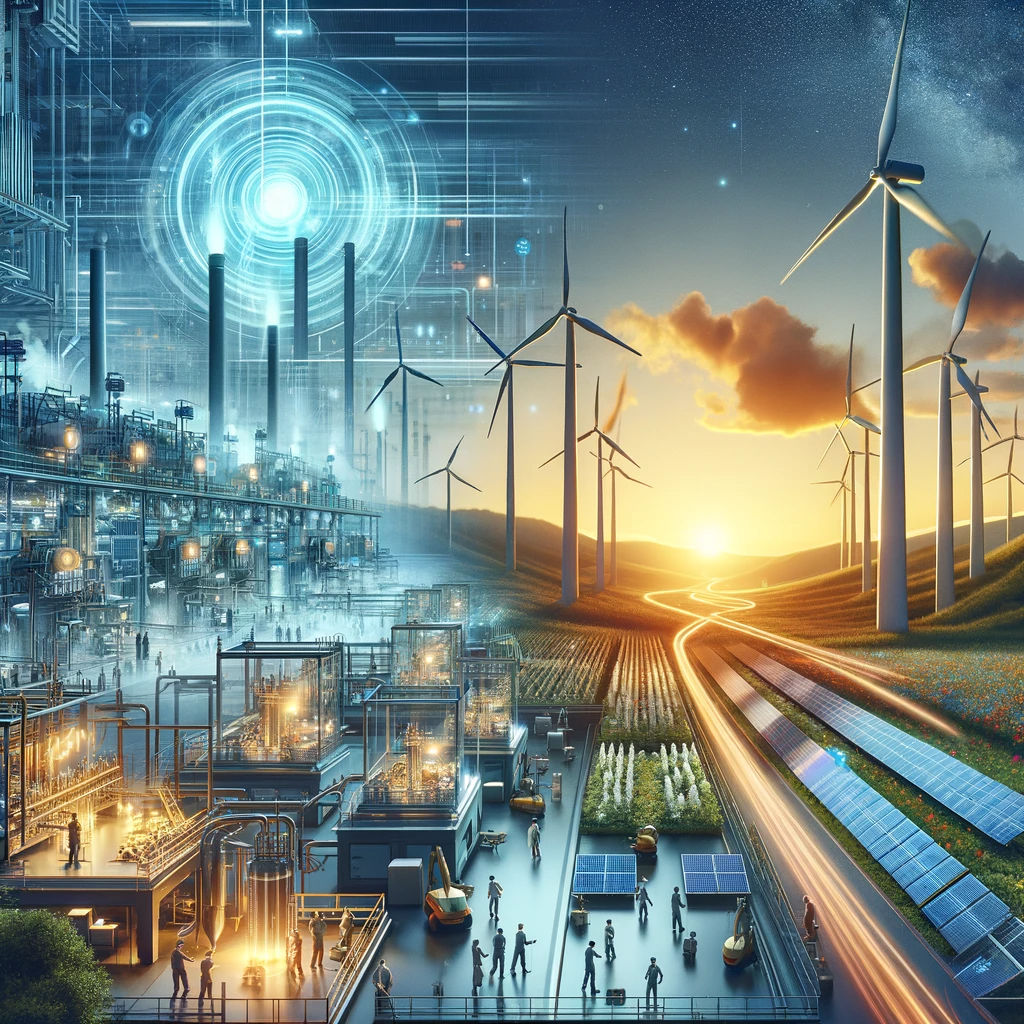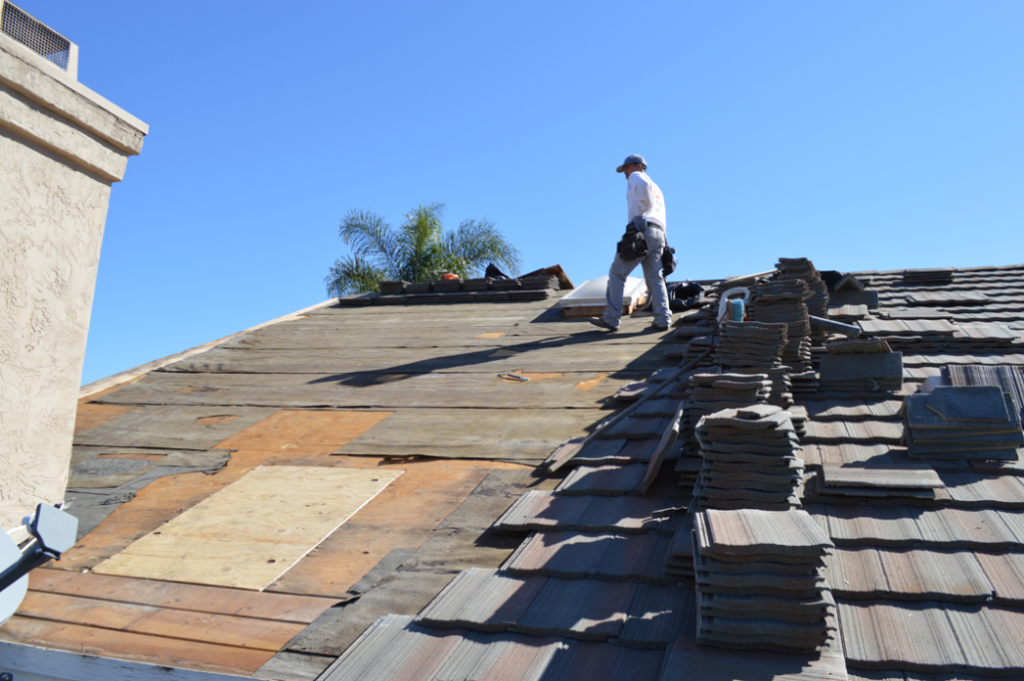Air-based solar energy systems are becoming increasingly popular as an alternative to traditional photovoltaic technology. In this blog post, we’ll explore the benefits of air-based solar energy systems, how to maximize energy efficiency with air-based solar power, and the latest innovations in the field of renewable energy sources. We’ll also discuss how air-based solar energy could be the future of clean power generation. By the end of this post, you should have a better understanding of air-based solar energy and its potential for the future.
https://sites.google.com/view/solarenergyexamples/
The Benefits Of Air-Based Solar Energy Systems
Air-Based Solar Energy Systems are a great way to harness the power of the sun and reduce your energy costs. This type of system is becoming increasingly popular due to its cost efficiency compared to traditional solar systems and its ability to be used in remote areas where large, bulky solar panels are not needed. In addition, these systems are more easily maintained than other types of solar energy systems, offering cleaner, quieter operation as well as higher efficiency in cooler regions.
In terms of environmental benefits, Air-Based Solar Energy Systems offer some unique advantages. Solar air conditioners have no emissions, which helps protect the environment from pollutants or greenhouse gases released by traditional air conditioning units. Additionally, installing an air-based solar energy system will help you save on heating and cooling bills by reducing your overall energy costs, while also receiving incentives for doing so!
Investing in an Air-Based Solar Energy System will future-proof your home or business for electrification purposes, generating clean electricity that reduces power needs from utilities. In addition, this type of system has financial benefits; investing in solar energy may save you money on your long-term energy expenses. All these factors make this technology a great option for homeowners looking to cut down on their monthly bills while still providing reliable power generation.
Harnessing Renewable Energy From The Air Around You
Renewable energy can now be harnessed from the air around us with the development of Air-Based Solar Energy Systems! This groundbreaking technology eliminates the need for costly and cumbersome ground-based solar arrays, making it a game changer in the world of renewable energy. Air-based systems have many advantages over traditional solar panel installations, and are an attractive option for both businesses and homeowners.
Compared to ground-based solar arrays, air-based systems are less expensive, more versatile, and require less space to install. They can be mounted on rooftops, walls, and other structures, and do not take up valuable yard space. As air quality improves, the efficiency of these systems will only increase with the help of advancements in air purifying technologies.
Solar energy systems are a clean and renewable source of energy, emitting no air pollutants or greenhouse gases. There are three primary technologies used to harness solar energy: photovoltaics (PV), concentrating solar power (CSP), and solar heating and cooling (SHC) systems. However, the utilization of available sunlight is currently inefficient because 50% of the light is in the form of infrared (IR) instead of visible light.
Compared to traditional ground-based arrays, Air-Based Solar Energy Systems are more cost-effective, versatile, and environmentally friendly. With all the benefits of green energy and no limitations to widespread adoption, these systems are the way of the future!
Understanding Photovoltaic Technology
As the climate change crisis and the need for renewable energy solutions continue to escalate, air-based solar energy systems are becoming increasingly popular. These systems utilize photovoltaic technology, which directly converts sunlight into direct current (DC) electricity that is suitable for powering both homes and businesses. For those seeking to harness the potential benefits of air-based solar energy, understanding photovoltaic technology is essential to ensure efficient installation and operation.
Photovoltaics (PV) employ semiconductor materials that generate an electric field when they are exposed to light, generating DC voltage and electrical current when connected in a circuit. This conversion process is known as the photovoltaic effect, and it is the underlying foundation of PV technology. There are two other solar technologies in addition to PV: Concentrating Solar Power (CSP) and Solar Heating and Cooling (SHC). CSP harnesses heat energy generated by concentrated sunlight to drive turbines that produce electricity while SHC collects thermal energy from direct exposure of collectors to heat water or interior spaces in buildings.
Advances in solar power generation devices have made it possible for decision-makers in the construction field to optimize designs and installation procedures through cost analysis methods such as Life Cycle Cost Analysis (LCCA). Regulatory requirements must also be taken into account before installing air-based solar systems, such as obtaining required permits and understanding local laws regarding renewable energy sources. Nevertheless, challenges remain with respect to limited space availability driven by the increasing rates of urbanization worldwide.
To make informed decisions about installation procedures and ensure efficient system operation, individuals looking to harness the potential of air-based solar energy systems – whether through a rooftop photovoltaic system or ground mount array – must understand photovoltaic technology.
Harnessing Solar Energy Through Photovoltaic Cells
Harnessing solar energy through photovoltaic cells is a great way to reduce electricity costs and create jobs in local communities. Air-based solar energy systems are becoming increasingly popular due to their ability to capture the sun’s light and convert it into electricity without producing emissions or pollutants. This article discusses the science behind these air-based solar energy systems, along with the different types of systems available on the market.
The process of using photovoltaic (PV) cells involves embedding them into building designs. These cells contain a semi-conductor material like silicon that absorbs sunlight, causing electrons to flow from one side of the cell to another and creating an electric current. This process, the photovoltaic effect, directly converts light into usable electrical power for homes and businesses.
Several types of air-based solar energy systems exist on the market, each with its own benefits. Solar PV cells directly convert sunlight into electrical power; solar thermal systems use heat from the sun to drive utility-scale electric turbines; solar heating and cooling (SHC) systems collect thermal energy and provide hot water or air conditioning. Finally, some passive solar buildings use natural orientation and insulation materials to reduce heating costs in winter and provide cooling in summer. All air-based solar solutions have their own advantages for harnessing renewable energy sources in residential, commercial, industrial, or agricultural applications.
Utilizing renewable sources like solar power benefits the environment by reducing emissions and pollutants, and it can deliver economic advantages such as cost savings on electricity bills and job creation opportunities in local communities. Investing in an air-based solar energy system is a wise choice that yields long-term returns.
How To Maximize Energy Efficiency With Air-Based Solar Power
Air-based solar energy systems are becoming more popular as people seek ways to maximize energy efficiency. These systems use the sun’s rays to generate electricity, reducing environmental impact and lowering energy costs. This article covers the basics of air-based solar energy systems, including the types of solar panels used, how to maximize efficiency, and common installation pitfalls.
Photovoltaic (PV) panels are used to convert sunlight into electricity which powers appliances like refrigerators and air conditioners. PV panels come in different sizes, and solar-powered air conditioners use them to cool spaces without using traditional fuels. NASA has researched space-based solar power by launching satellites with large PV arrays, while the EPA invests in low-income areas through its Greenhouse Gas Reduction Fund program.
Before installation, it’s important for homeowners or businesses to understand how air-based solar power works and select the type of panel that best suits their needs. Look for features like warranties and customer support programs, and factor in utility costs when shopping for an air-based system.
Innovations In The Field Of Renewable Energy Sources
The world is on the brink of an exciting new era of renewable energy sources, and one of the most promising innovations in this field is air-based solar energy systems. This type of system utilizes solar energy that has been captured in the atmosphere to generate power, with the potential to revolutionize how we source our energy needs. In this article, we will explore what air-based solar energy systems are, their main components, benefits they offer over more traditional sources of power, and the challenges they may face when entering the market.
An air-based solar energy system consists primarily of three main components: a collector or antenna that captures and stores solar radiation from the atmosphere; a battery pack or generator to store or convert the collected electricity into a usable form; and a receiver that converts this stored electricity into usable electrical current for powering homes or businesses. The primary benefit these systems offer over more traditional sources such as fossil fuels is their ability to capture sunlight even on cloudy days. This is unlike some other renewable sources such as wind turbines, which require direct sunlight for optimal operation. Additionally, since large-scale installations can be used to collect vast amounts of sunlight from all angles at once, these systems can be incredibly efficient in terms of capturing clean electricity from natural resources.
The use of aerial-based solar energy systems could also help reduce carbon emissions globally by replacing fossil fuel sources with renewable ones – something many countries around the world are working towards achieving through various initiatives. For example, the Airbus Power Beaming Demonstrator harnesses this “free” source of renewable power for Europe’s future sustainable energy needs. Additionally, the Solar Energy Innovation Network (SEIN) helps communities adopt affordable and clean solutions using technologies such as photovoltaic cells (PV cells), which convert light directly into electrical current. This makes it easier than ever before to integrate renewable sources like aerial-based solar into local grids while reducing our dependence on non-renewable resources like coal or oil-burning plants.
Finally, with recent developments in technologies like Zephyr – an innovative high-altitude craft powered by traditional solar capture methods – it may soon become possible for us to take advantage not just of terrestrial but also aerial space when sourcing our sustainable energy needs. This has the potential to drastically reduce carbon emissions worldwide by utilizing a free yet powerful source like sun rays!
Air-Based Solar Energy- The Future Of Clean Power Generation?
As the world becomes increasingly aware of climate change and its devastating effects, people are turning to renewable sources of energy to help reduce their carbon footprint. Air-Based Solar Energy Systems are one such source that utilize solar panels to convert sunlight into electricity. This article will explore how air-based solar energy works, the advantages of this technology, the latest developments, potential impacts on climate change, and the benefits of investing in air-based solar energy systems.
Air-Based Solar Energy Systems use solar panels to capture sunlight and convert it into electricity. These systems typically consist of photovoltaic cells that absorb light from the sun and then produce electric current via a process called the photovoltaic effect. The generated power is then either used immediately or stored for later use.
The advantages of air-based solar energy systems include emissions-free generation, cost savings on electricity bills, a reliable source of energy during power outages or natural disasters, and suitability for both residential and commercial applications depending on size and type installed.
The latest developments in air-based solar energy include increasing efficiency by using advanced materials such as graphene that have higher light absorption rates than traditional materials, utilizing nanotechnology which offers improved heat transfer, creating more efficient storage solutions through advancements in battery design, as well as using tracking devices that allow panels to move with the sun so they can maximize their exposure throughout the day for improved performance.
Potential impacts on climate change with greater implementation of Air-Based Solar Energy Systems include reduced reliance on fossil fuel sources, improved air quality by reducing smog, increased availability of clean renewable sources resulting in fewer emissions overall, lower costs associated with purchasing electricity from utilities since users can generate their own power from home or business installations, and individuals becoming part of a larger effort towards transitioning away from polluting forms of power generation towards cleaner options like wind turbines or geothermal sources over time.
Investing in an Air-Based Solar Energy System has many benefits, including long-term savings on electricity bills, greater reliability during times when other forms may fail due to lack of access, no need for large infrastructure investments since all components are relatively small scale compared against traditional methods, and customers feeling good about combating climate change by helping reduce emissions and reliance upon polluting fossil fuels.
However, challenges associated with implementing an Air Based Solar Energy System include finding suitable locations for adequate sunlight year-round, ensuring proper maintenance and upkeep, determining appropriate sizing depending on application needs, and keeping up with new technologies and regulations surrounding these types of installations.
Overall, Air-Based Solar Energy Systems provide a clean, renewable source of energy with many advantages, and investing in this technology could have a significant impact on combating climate change.





